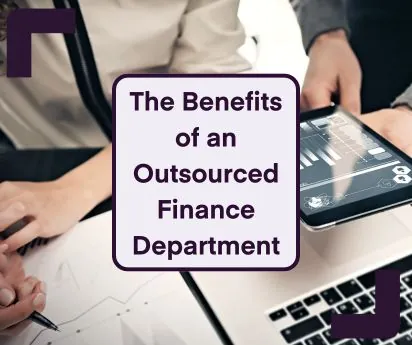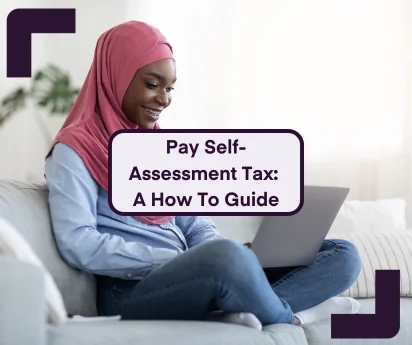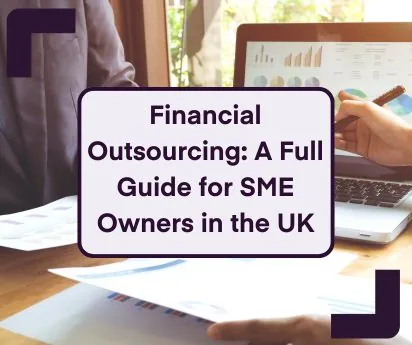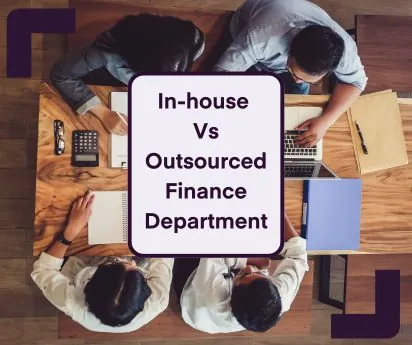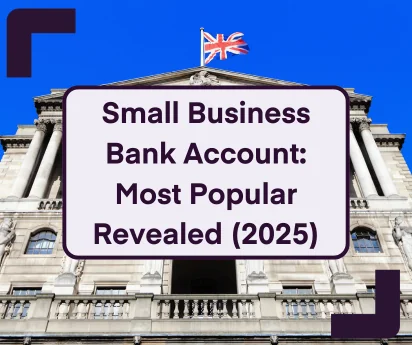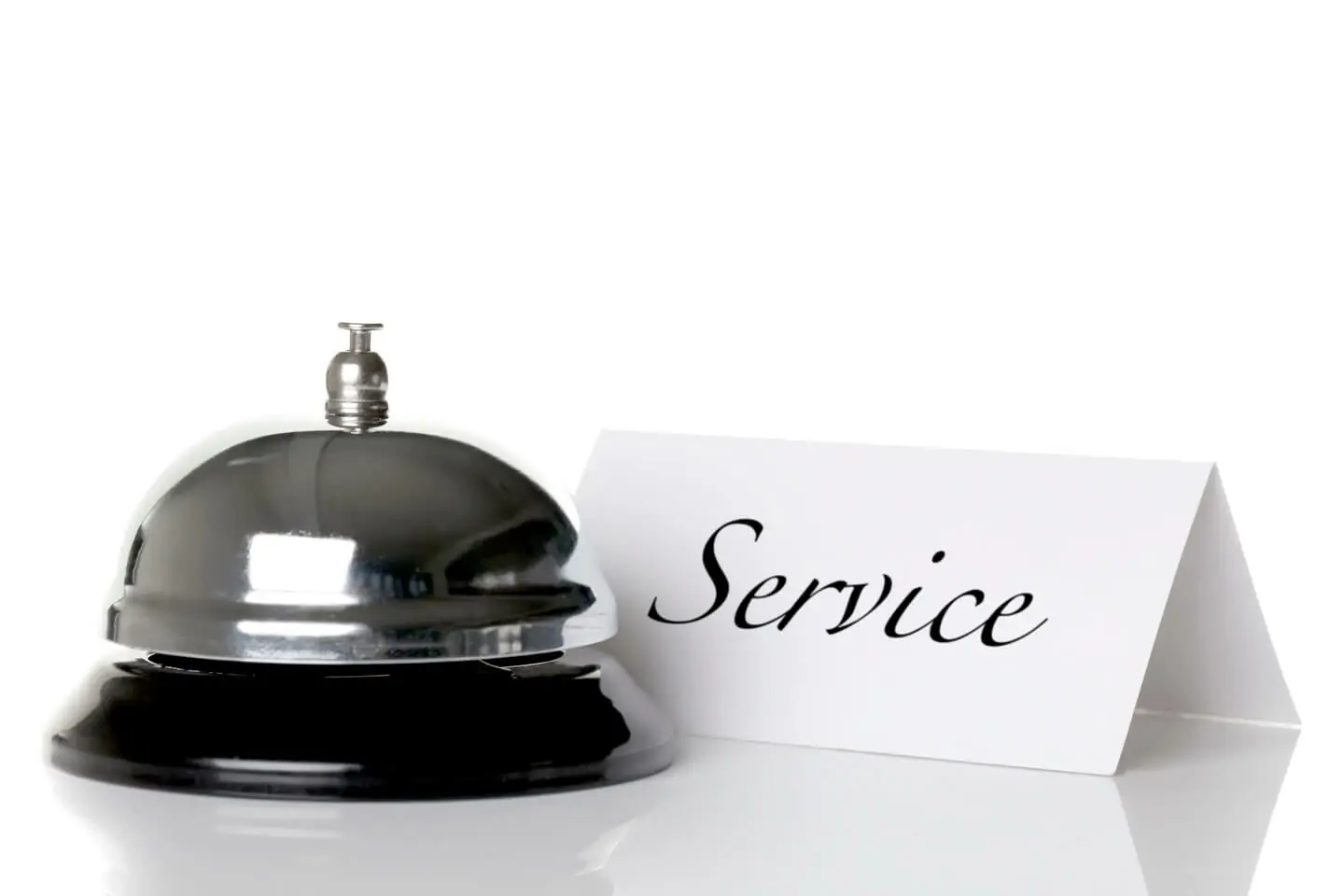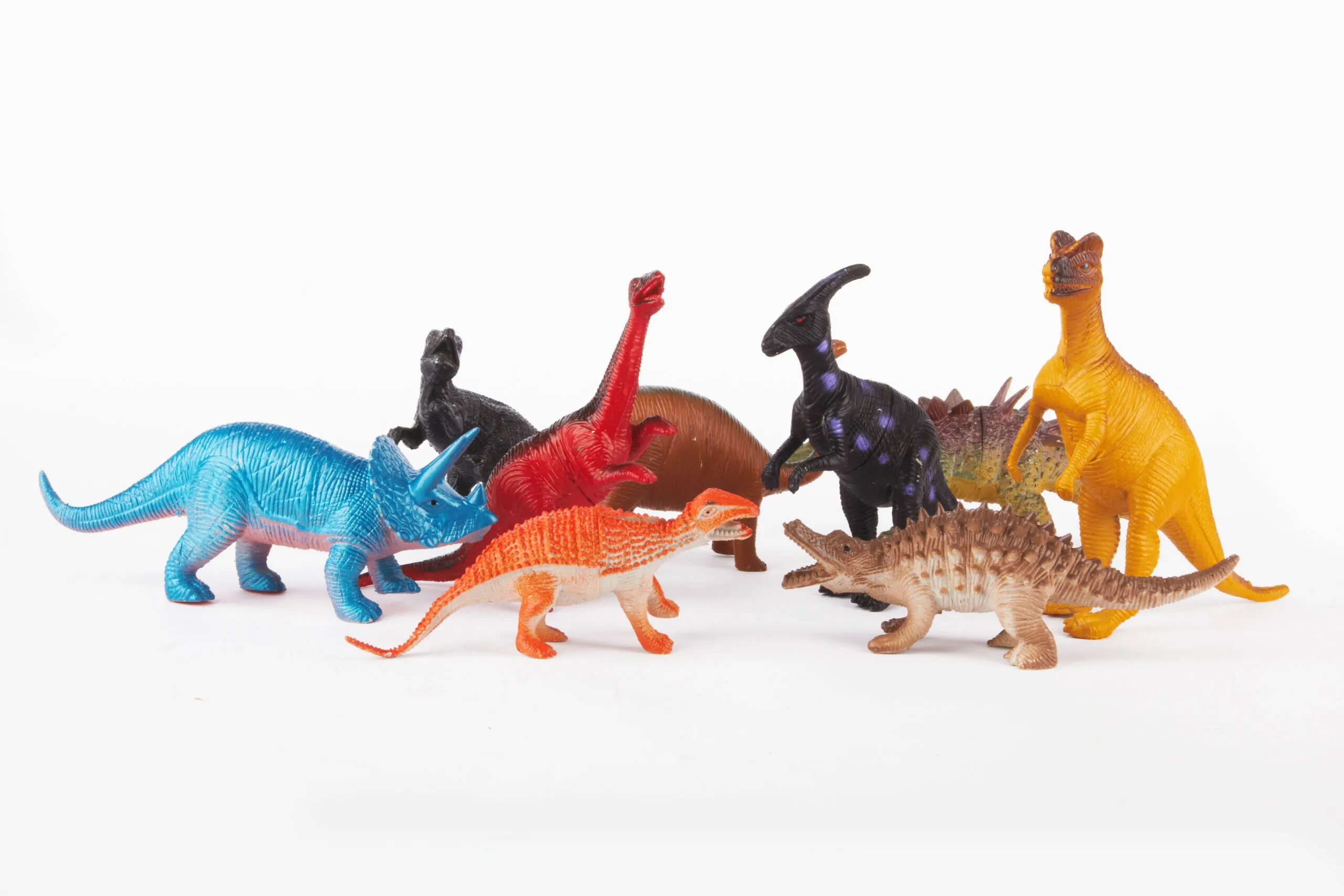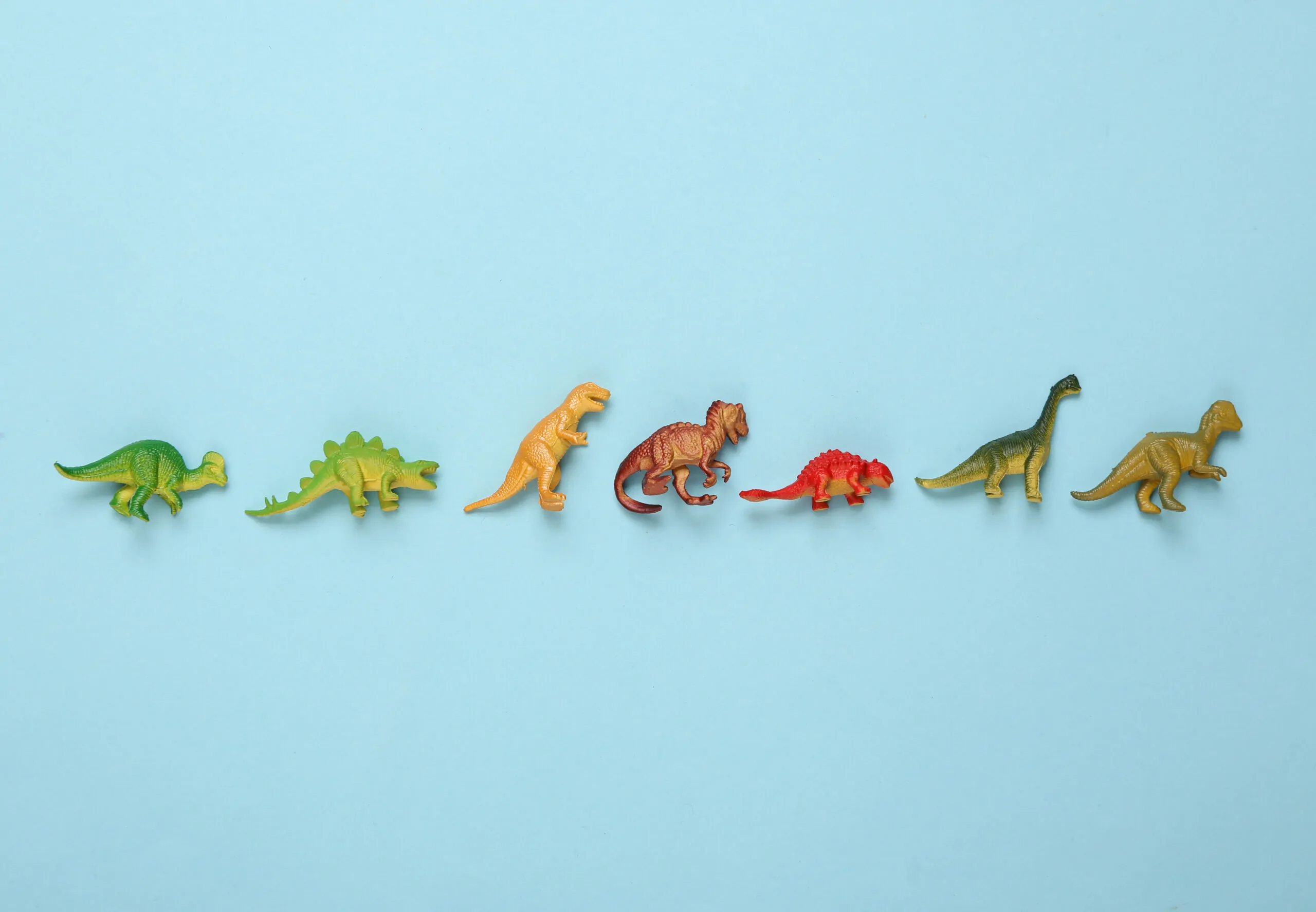
What’s the difference between profit and cash?
7 Aug 2013Profit is different from cash in the bank
Near the bottom of the Profit and Loss account you’ll find a line that reads “Profit for the Financial Year”.
At first glance, this looks like the most useful number on the page, and indeed it is. But it's not terribly helpful on its own, because it includes several theoretical accounting adjustments that mean that it no longer tells you much about the cash has been generated by the company.
It's all about EBITDA
To figure out the "cash profit" of the business, sometimes called EBITDA (Earnings before interest tax depreciation and amortisation), you need to do a few things.
The first is to look up the numbers for depreciation and amortisation (found itemised in the notes of the full accounts) and add these back to your net profit figure.Depreciation
Depreciation is the accounting measure of how much of your fixed assets have been "used up" in that financial year. It's an entirely academic figure and isn't generally very useful because the assets in question don't tend to get used up in the way calculated by accountants. In any case it is much more useful to consider the forward looking value of assets that need to be purchased.Amortisation
Amortisation is one worse though and generally refers to how much of the company's "know-how" or goodwill has been used up in that year. This "know-how" might end up on the balance sheet as an intangible asset if the company in question has at any point bought another business or developed some technology or intellectual property.
The next thing to do is to add back interest and tax (which are normally listed separately on the Profit and Loss summary), which will mean you can then calculate EBITDA.
But even having calculated EBITDA, this still isn't quite enough for you to see how the company's trading operations turn into the cash figure on the balance sheet.
Find out how EBITDA flows through the company’s cash flow statement to end up on the balance sheet.
By the way, if you haven't had a quote from an accountant recently for online accounting, why not try drop in to see us at our London head office or try our Instant Accounting Quote?
